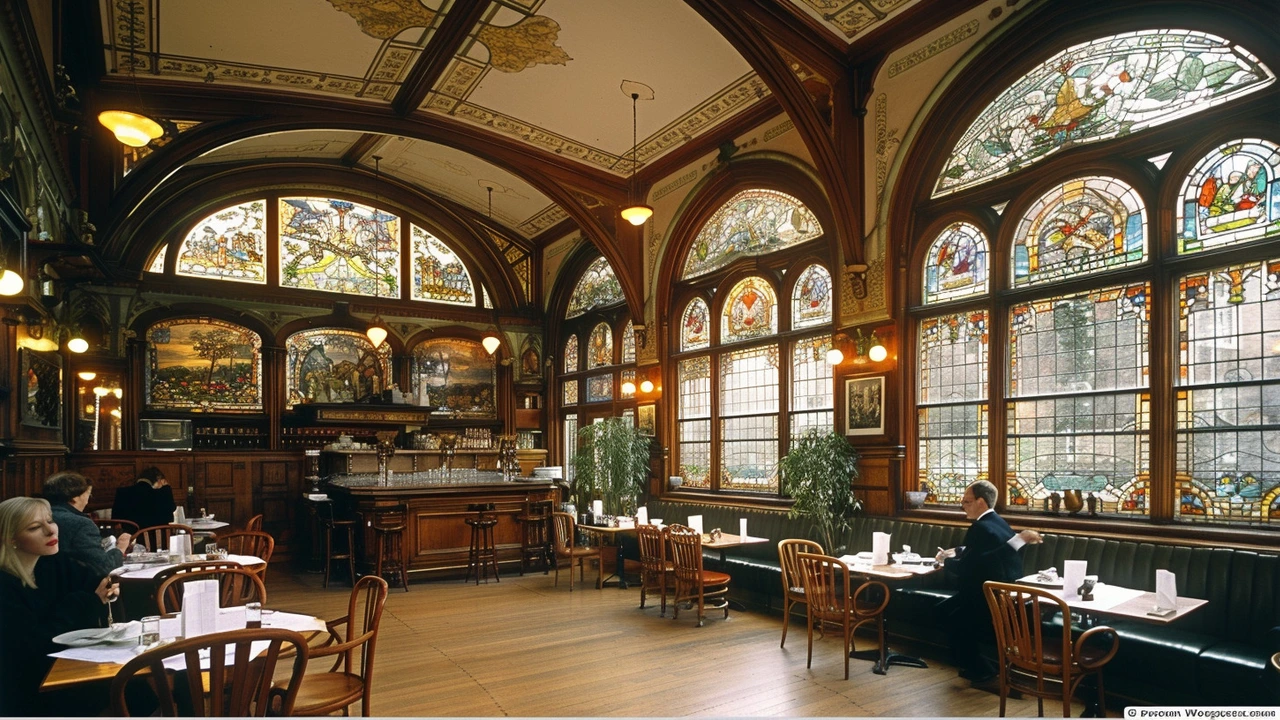Creative design: break rules, learn the rules, then remix
Most memorable creative design starts when someone ignores the rulebook. That doesn’t mean chaos—good design mixes clear structure with a surprising twist. If you want quick wins, focus on one movement or idea from this tag and apply it in a small, hands-on way.
What this tag covers and why it matters
This tag collects ideas from art movements and practical design guides that matter for interiors, graphics, public space, and visual art. You’ll find posts on Bauhaus simplicity, avant‑garde décor, photorealism techniques, land art for cities, and experimental movements like Fluxus. Each piece shows not just theory but practical steps you can use—whether you’re redecorating a room or planning a public installation.
Want a fast path? Start with a clear goal: make a room calmer, give a poster more punch, or design a public bench that invites people to sit. Pick a post that matches that goal—try “Avant‑Garde Home Décor” for interiors, “Bauhaus Design” for clean function, or “Land Art’s Impact on Modern Urban Design” for outdoor projects.
Three practical ways to apply creative design today
1) Use limits to spark ideas. Choose one dominant material (wood, concrete, or metal) and two accent colors. Bauhaus and De Stijl show how limits create strong, readable design. Try a single bold grid or a plain furniture silhouette, then add one surprising texture or pattern.
2) Scale and focus. Pick one large piece to anchor a space—this could be a photorealism canvas or a bold installation. Surround it with simpler elements. Big vs. small creates tension and draws attention without clutter.
3) Connect past and present. Combine a historic style with modern tech: a Baroque pattern printed on a minimalist lamp, or a Bauhaus form used with smart lighting. Movements like Constructivism and Futurism were always about new uses of tech and materials—so use that idea now.
For urban or public projects, think of behavior. Land art and Futurism pieces often change how people move through space. A low ramp, a garden bed shaped like a path, or a bench angled toward a view nudges people into new experiences. Small changes can reshape a whole block.
Want to learn faster? Read posts with hands‑on advice first: “Avant‑Garde Home Décor: Creative Tips to Transform Your Space,” “Bauhaus Modernism: How Bauhaus Design Changed Art, Architecture, and Everyday Life,” and “Photorealism Art: Techniques, Secrets & History for Stunning Realism.” Each one gives step‑by‑step moves you can try this weekend.
No need to master every movement. Pick one idea, test it, see how people react, then iterate. Creative design is about trying, breaking, and improving. Ready to try one small change and see what it does?

